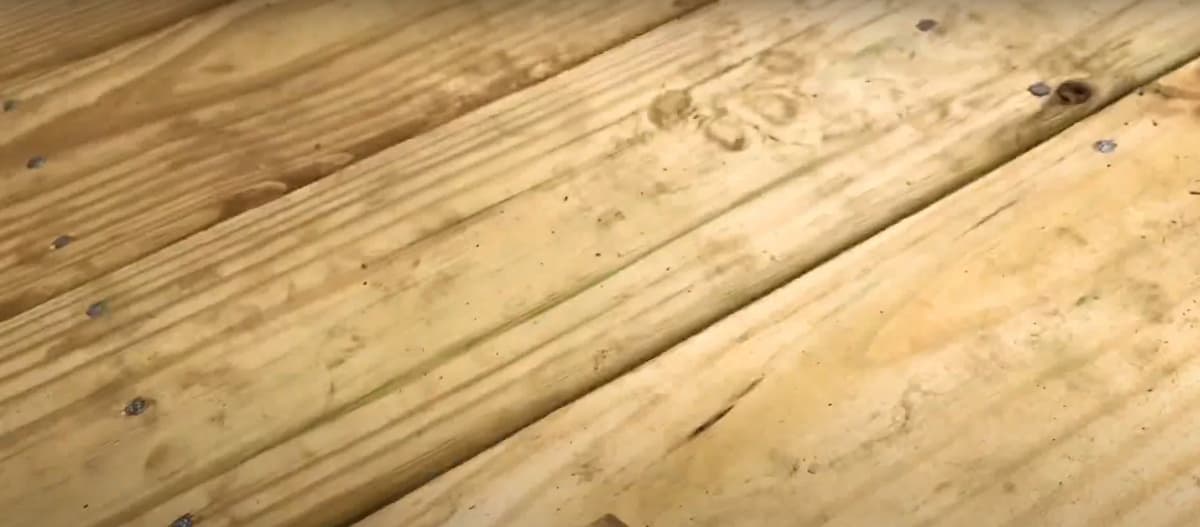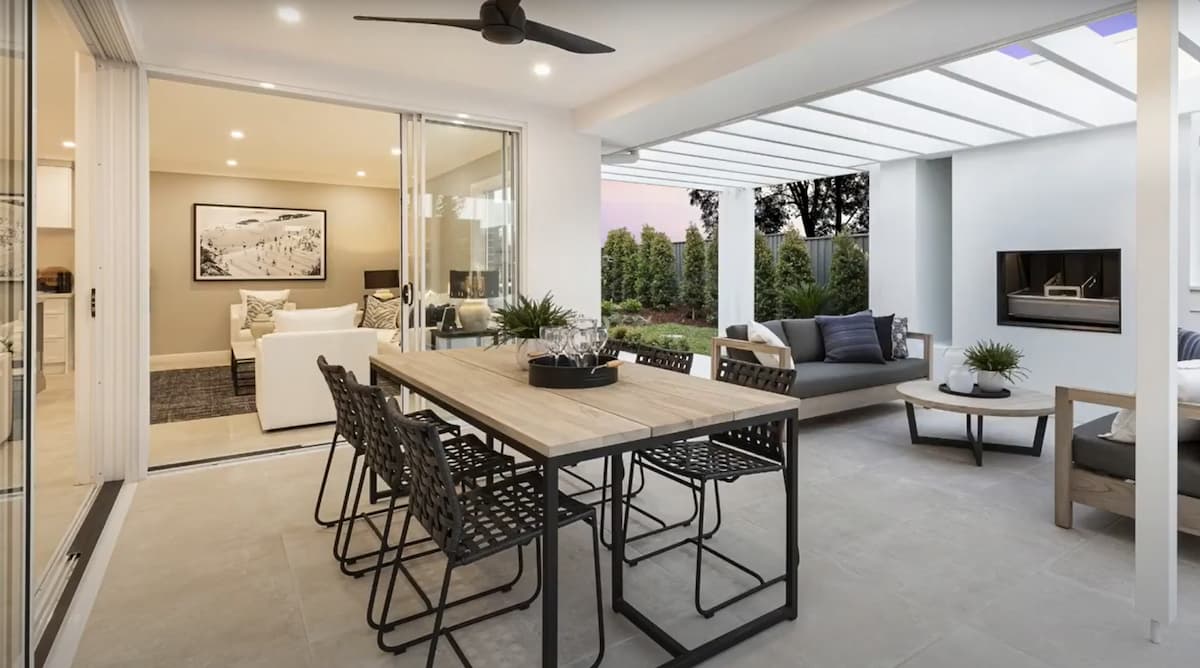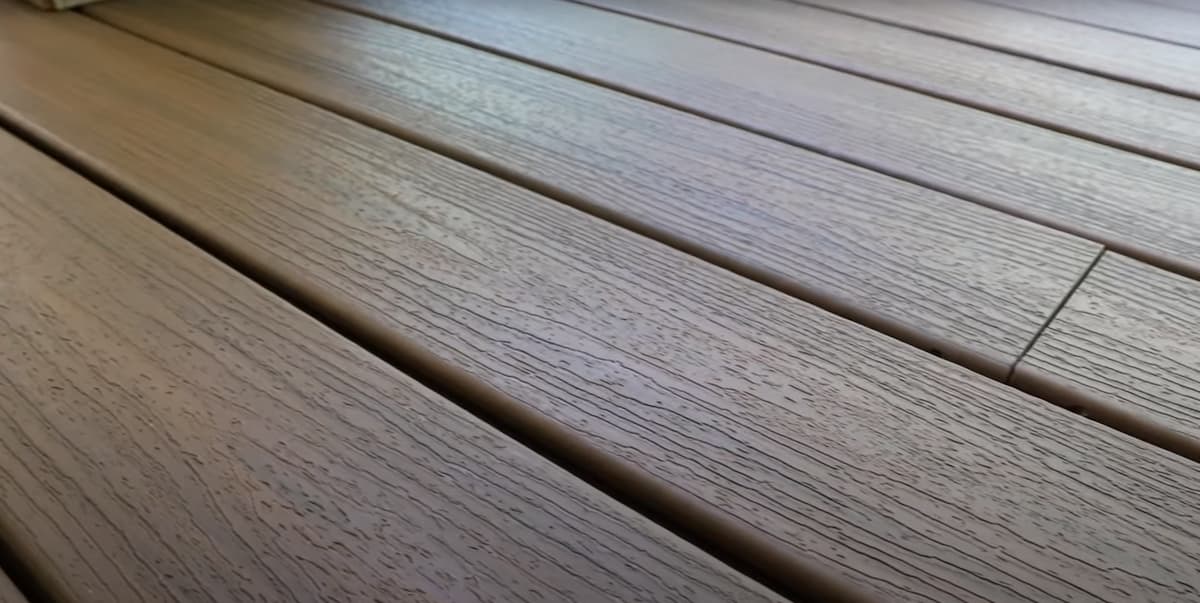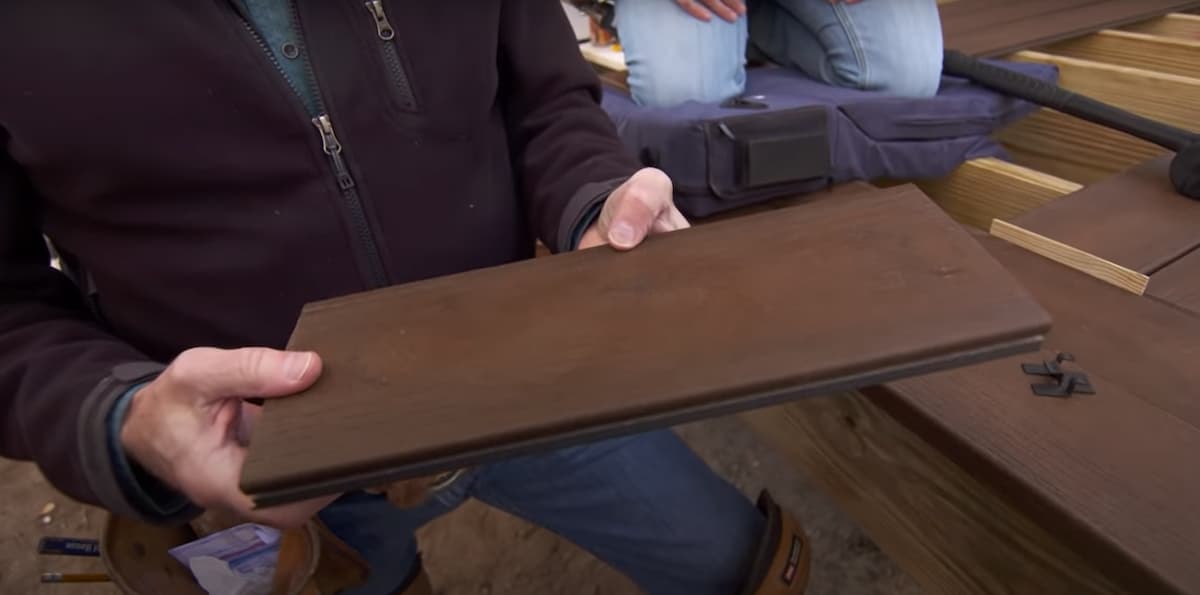
Deck board spacing is a topic many homeowners and builders overlook. Deck board spacing can make the difference between having a safe, sturdy deck built to code, or one that looks shoddy and falls apart within years.
Deck board spacing affects the aesthetic of the finished product as well, with proper gap size allowing for water drainage and preventing debris build-up. This article will discuss how to calculate gap distance for wood deck boards, as well as discuss key points on painting new most decks.
What is Deck Board Spacing?
Deck boards can warp if they are too close together, creating a tripping hazard and reducing the life of the boards.
Deck board spacing is how far apart each deck board rests from the next. Deck boards should have a 1/8 inch gap between them after they have been laid down. For sturdy wood decks, many recommend spacing these gaps even wider at 1/4 inch for sanded surfaces and 3/8 inches for rough-cut lumber.
How Can Proper Deck Board Spacing Be Measured?
To maintain a beautiful new deck frame, proper spacing of deck boards is extremely important. While some give may be allowable after installation, the boards should never be placed so close together that they are touching one another or any other object.
There are several methods that can be used to accurately measure the space. A tape measure or ruler with a 1/8 inch mark can be used to ensure each board has an adequate reveal around it.
1/8 inch space reveal between is the correct spacing to allow proper drainage and to prevent warping, buckling, discolouration and damage due to exposure to moisture over time.
Deck boards can also be placed at the width of a pencil to ensure they have a 1/8 inch space reveal. Deck board spacing can also be checked by hand-feel. The decking surface should feel even and flat with no gaps between boards, but a slight give is acceptable.
What Can Happen If Deck Spacing is not Adjusted Properly?
If deck board spacing is too narrow, water may not be able to properly drain from the deck and remain trapped, making the wet boards conserve high moisture content. You should have a moisture meter to measure how wet all the boards are.
Deck boards can warp and buckle if they are forced together and cannot dry out. Also, the wood often dries out because of the sun, wind, and the surrounding environment
Deck boards touching one another will also decrease the life of each individual board because moisture becomes trapped in the wood instead of being allowed to evaporate off due to poor ventilation. Deck boards that have been improperly spaced may also present a tripping hazard for anyone walking on them.
How to Properly Space Decking Boards?
Deck boards can be placed by hand or with the assistance of a tool. Deck board spacers are short, metal tools that are inserted between two boards before laying another board on top of them to ensure proper spacing throughout the deck. Before your finished deck is exposed to water, it should be allowed to cure for at least 24 hours.
Deck boards that are spaced too close together will feel like they are touching, but if they are properly spaced it will be difficult to detect the gap between deck boards with your hands. Deck board gaps spaced too far apart can also be difficult to discern if one is not familiar with proper spacing.
Installation Instructions for Deck Spacing
To install deck boards, it’s best to lay the decking flat on the ground. The deck boards are installed one at a time, with each board secured to the next board with self-tapping screws.
Deck boards are staggered 1/2 inch from each other to give them room to expand and contract without buckling, which is especially important for deck boards that are made of wood.
Deck board spacers should only be used after 1-2 days have passed since installation. Deck spacers will ensure proper spacing throughout the deck because they help space out different lengths of boards.
Who Can Help with Your Deck?
Contractor or Deck Builders – Deck contractors should be able to advise on proper deck board spacing for their customers. Deck builders can quickly measure and properly space deck boards before installation.
Family or Friends – Family members who are familiar with wood, tools, decks, and carpentry may be able to help determine proper deck board space and the whole process of the deck construction.
Caring For Deck Board Spacing
Once decks have been laid, it is important to care for the new wood properly. In order to keep new decking in tip-top shape, owners should mow their lawns carefully and avoid dragging furniture around too roughly.
Debris such as rocks and twigs can puncture some surfaces and cause unsightly damage if allowed to remain. Deck boards should also be swept regularly to remove dirt and debris before it can cause damage or an unsightly appearance.
What Wood Species do You Need to Use?
The wood species that may be used in deck framing construction is typically limited. Deck boards can be made from a variety of materials, here are some species to use:
- pressure treated southern pine
- cedar
- redwood
- mahogany
- spruce

How to Keep Your Decking Boards Safe and Healthy?
Pests and Deck Boards
Perhaps the most common and destructive type of pest that attacks deck boards is the wood-boring beetle. Deck boards can be protected with a food-grade oil coating prior to installation, but after the boards have been installed, only prevention will work.
Deck board surfaces should be protected from dirt and debris by sweeping regularly and removing any furniture or obstacles that would block good air flow beneath the deck.
Deck boards can also be lined with plastic sheeting to create a protective barrier between the deck surface and dirt and debris lying on top of it. Deck boards should also be treated with a protective coating to prevent damage from stains, spills, weather and even insects and small animals.
Joist hangers are metal brackets that help support and distribute the weight of deck joists and joist girders. They also help stabilize the framing against racking.
What is the Best Deck Joist Spacing Gap?
Decking joists are spaced 16″ apart from one another. Deck joist hangers should provide them with the needed stability to withstand heavy loads placed on top of them.
Deck blocks are often used with deck boards to prevent expansion, but they are most effective when pressure-treated lumber is being used for flooring.
Deck Blocks have nails that have been pre-installed, so their installation only requires driving the nails into position and securing at both ends by adding wood screws or bolts where necessary
Should Hardwood Decking Boards Be Butted Together?
No, Deck boards should not be butted together. Deck boards should be staggered from one another to allow them to expand and contract without buckling.
Can I Use 4×2 for the Decking Frame?
Decking frames are typically constructed using 2×6 boards to provide the necessary strength. The spacing between each board should be at least 1/4″ apart in order to allow for expansion and contraction.
Deck blocks should also be used when working with flooring made from ACQ-treated lumber because they will help create an elevated surface for the boards.





